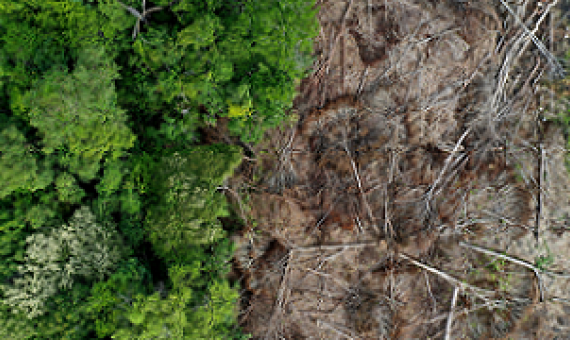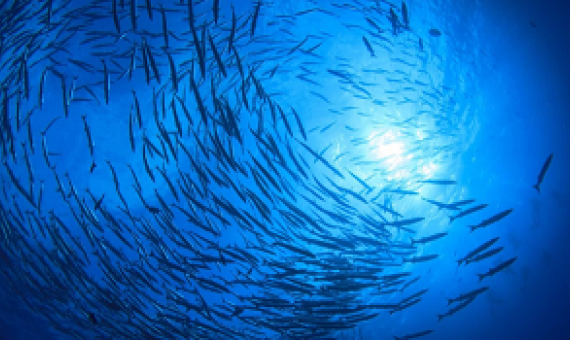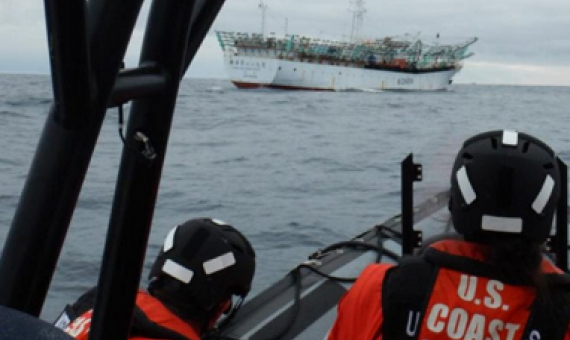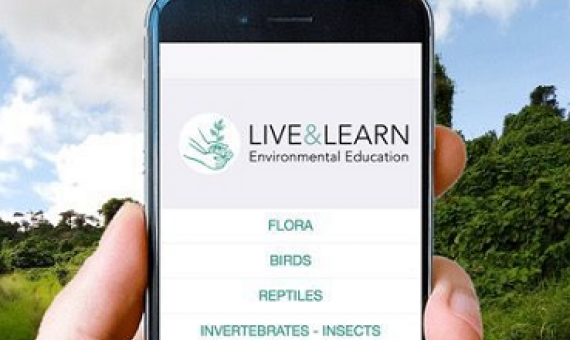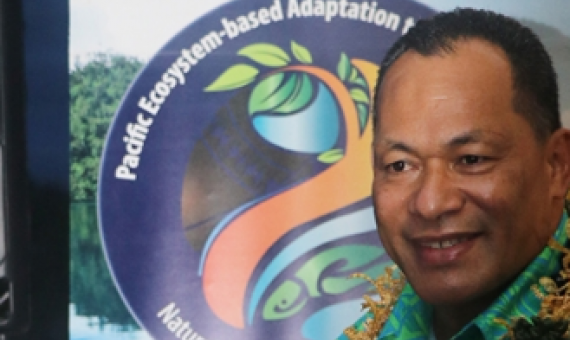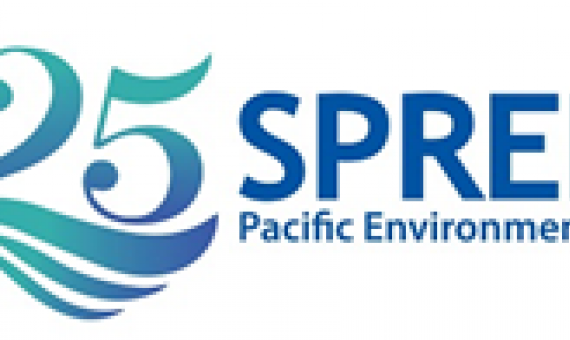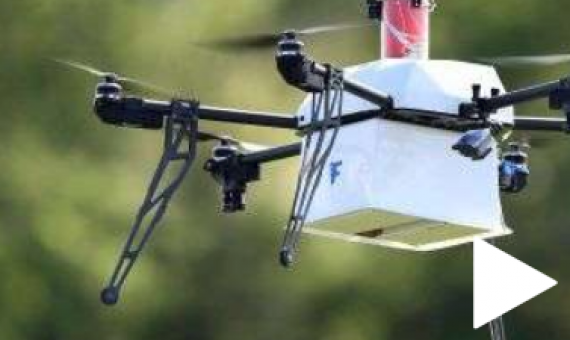Analysis of failures of conservation projects are rarely published, a new study has found. Researchers who reviewed the available scientific literature found only 59 peer-reviewed articles that had analyzed failures of conservation projects.
Review and Recommendations Regarding Human Activity Surveillance Technologies in Pacific Marine Protected Areas
The present study, commissioned by the French Agency for Biodiversity (Agence française pour la biodiversité, AFB), is part of the "Pacific Biodiversity Blue Belt" project. It covers four Pacific island Overseas Countries and Territories (OCTs): French Polynesia (PF), New Caledonia (NC), Wallis & Futuna (WF) and Pitcairn (Pi). These French (PF, NC and WF) and British (Pi) territories are characterised by vast maritime areas and geographical isolation from their home States.
A low-cost satellite revolution is paving the way for real-time monitoring of fishing vessels using synthetic-aperture radar (SAR). SAR allows researchers to monitor ‘dark vessels’ that aren’t transmitting Automatic Identification Signals (AIS) location data.
The crew of Coast Guard Cutter Mellon (WHEC-717) continues their North Pacific patrol in support of Operation North Pacific Guard (NPG) 2019...Since June, Mellon’s crew has conducted 40 boardings and issued 61 violations.
...the effects of fires linger long after they’re extinguished: They can upend ecosystems, influence climate and disrupt communities. While NASA keeps an eye on today’s fires, it also tackles the big-picture questions that help fire managers plan for the future.
Since May 2018, Live and Learn Vanuatu (LLV) has been working with five registered Community Conservation Areas in Vanuatu in partnership with the Department of Environmental Protection and Conservation (DEPC) and Eco-livelihood Association (EDA) to develop a Biodiversity monitoring toolkit and C
These are the days of lasers in the jungle
For tropical forest carbon to be commoditized, a consistent, globally verifiable system for reporting and monitoring carbon stocks and emissions must be achieved. We call for a global airborne LiDAR campaign that will measure the 3-D structure of each hectare of forested (and formerly forested) land in the tropics. We believe such a database could be assembled for only 5% of funding already pledged to offset tropical forest carbon emissions.
Helping Solomon Islands to further enhance environment monitoring and reporting was the launch of a national environmental online portal as well as a range of reports called the Ecosystem Resilience Analysis and Mapping Reports, in June. Click on the link below to read the full article.
One application currently being tested is whether drones can be used to drop feed to rebait automated traps to catch feral pigs. Another is using unmanned aircraft to help count cattle.

